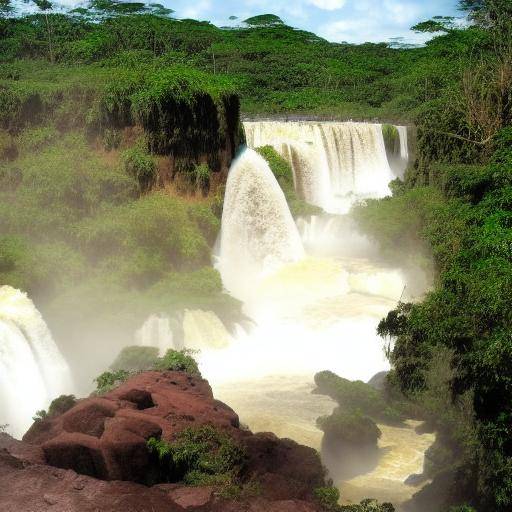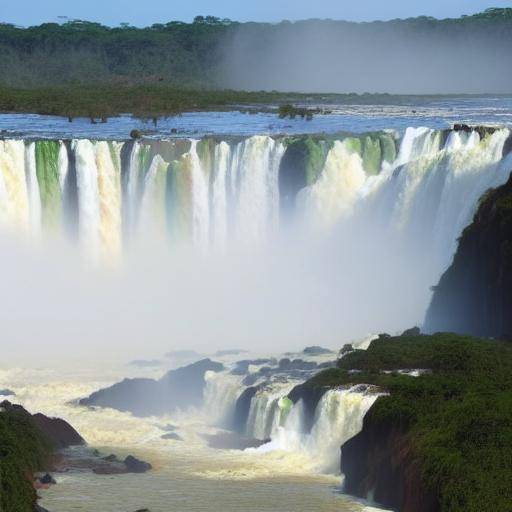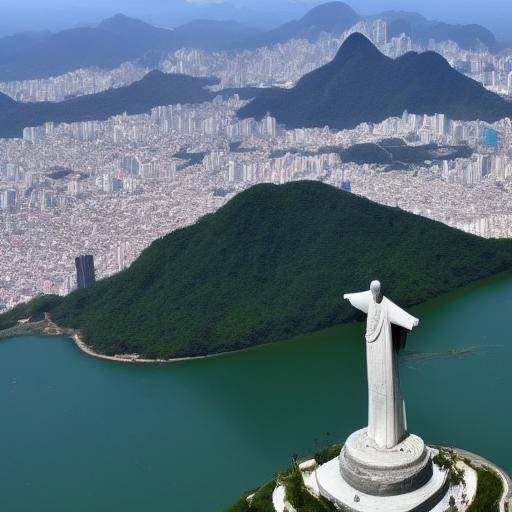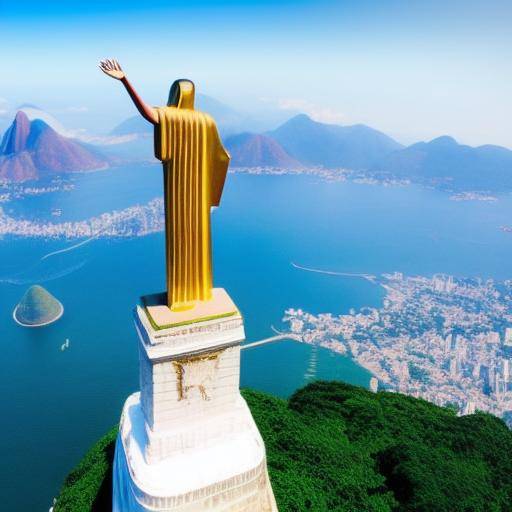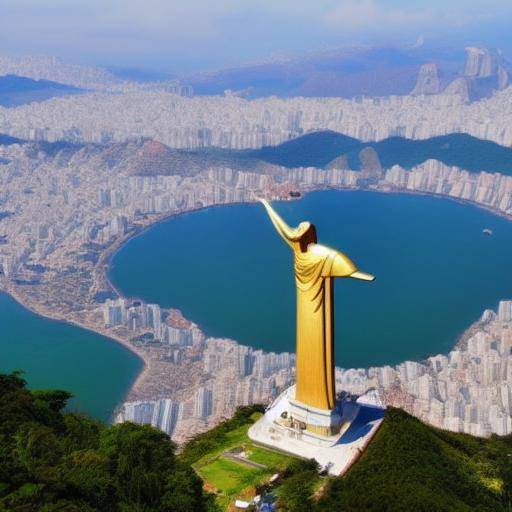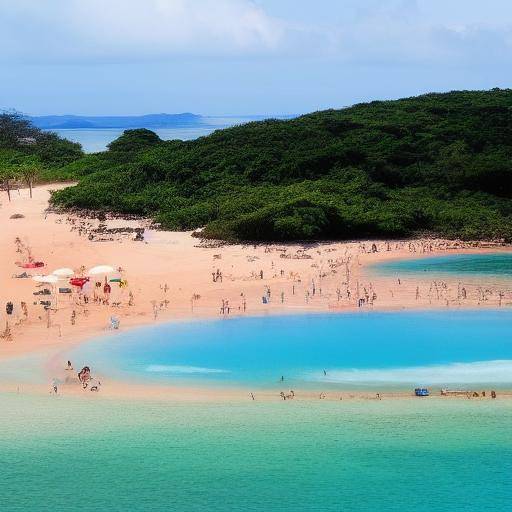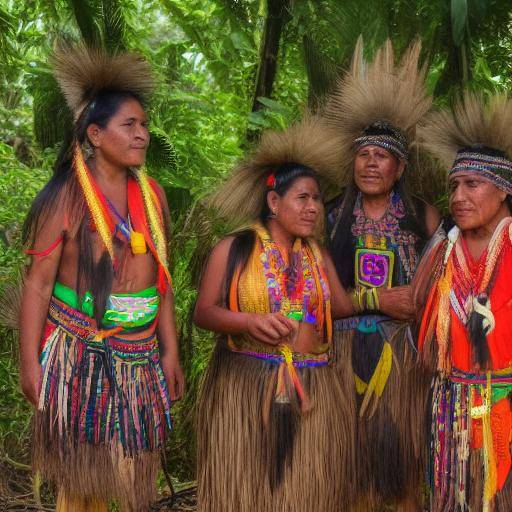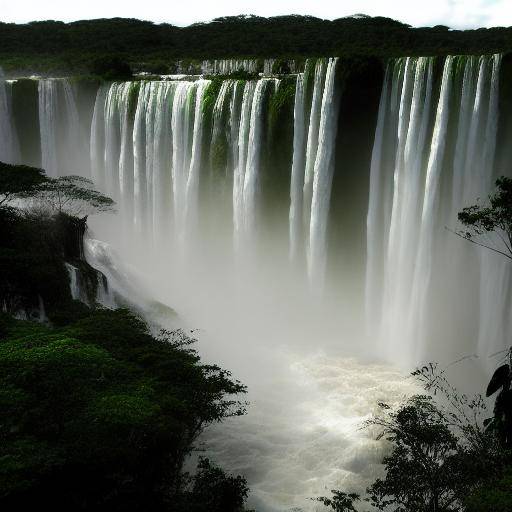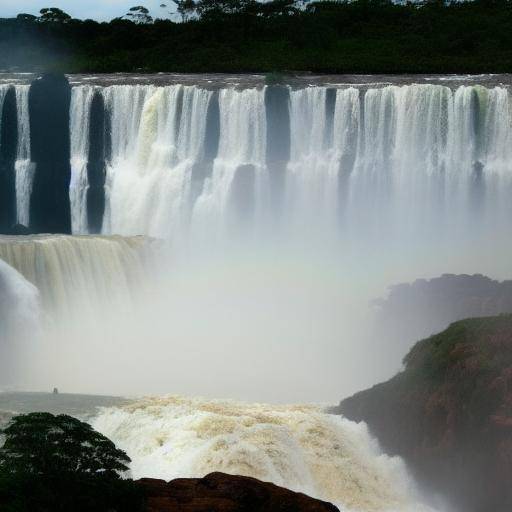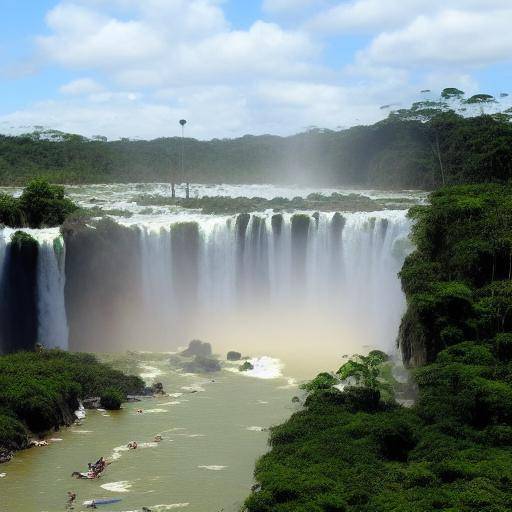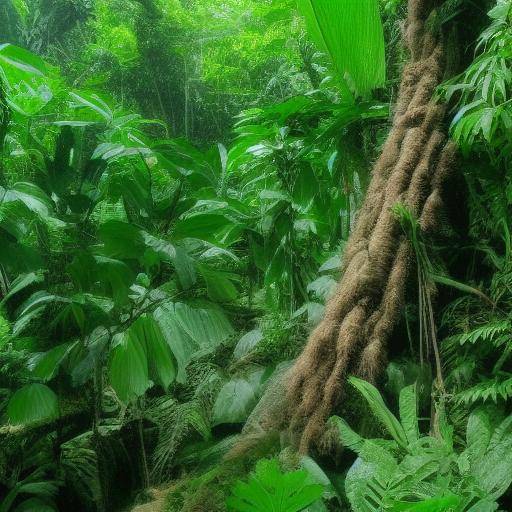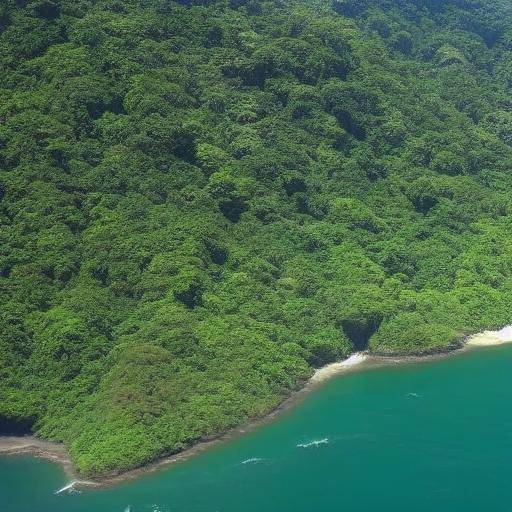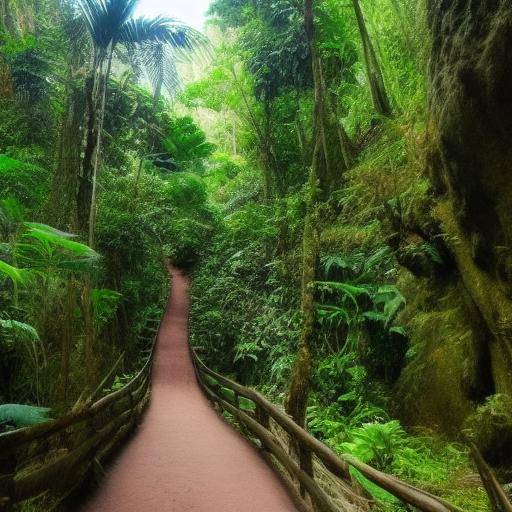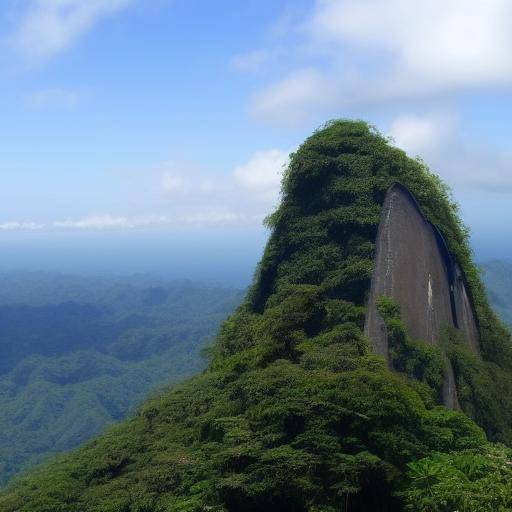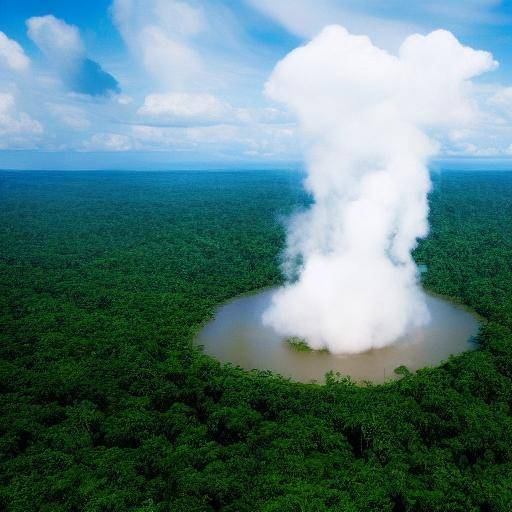
The Amazon is a unique natural treasure in the world. Its vast expanses of tropical rainforest host amazing biodiversity and play a crucial role in global climate balance. Brazil, like the country that hosts most of the Amazon, is witness to unmatched weather events. In this article, we will explore in depth the climate in the Amazon, the stations that influence this region and the meteorological phenomena that characterize it. From the warm tropical rains to the influence of climate change, we will unravel the secrets behind the climate in the Amazon.
Introduction
The beauty and ecological importance of the Amazon make it an exciting theme to explore. The world's largest rainforest not only hosts a diversity of disconcerting species, but also significantly influences the regional and global climate. Knowing the climate in the Amazon allows us to understand the interdependence between nature and our planet. In this article, we will break down the seasons that mark the rhythm of life in the rainforest and analyze the unique weather phenomena that characterize it. Join us on a fascinating journey through the unique atmosphere of the Amazon.
History and Background
The history of the Amazon is intertwined with the very history of our planet. For millennia, this region has been home to various indigenous cultures whose lives are closely linked to the climate patterns of the region. Since Brazil's discovery by European colonizers, the Amazon has been the object of interest to explorers, scientists and conservationists. The unbridled exploitation of natural resources in the recent past has had a significant impact on the climate of the Amazon, and understanding this story is fundamental to addressing contemporary challenges.
Analysis in Deep
The complexity of the climate in the Amazon is manifested in a variety of meteorological phenomena ranging from torrential rains to extreme drought periods. Understanding the atmospheric dynamics and interactions between the jungle, the rivers and the ocean is crucial to unravel the mysteries of the climate in this region. In addition, current trends, including the impact of climate change, pose significant challenges that require detailed evaluation. In this sense, in-depth analysis will allow us to shed light on the factors that determine the climate in the Amazon and its long-term implications.
Comprehensive review
The diversity of ecosystems that make up the Amazon and the climatic differences between its different regions are aspects that deserve detailed attention. Analyzing how these variations are manifested in terms of seasons, precipitations and temperatures is essential to capture the richness of the climate in the rainforest. In addition, exploring adaptation practices of local communities and conservation strategies helps to understand how the Amazon can be preserved and protected in a context of climate change and human development.
Comparative analysis
Compare climate in the Amazon with other tropical regions, including other areas of Brazil, gives us a broader perspective on the challenges and opportunities presented by climate management in tropical forests. Through this analysis, we can identify lessons learned and good practices that could be applied in similar contexts. At the same time, recognizing the unique peculiarities of the climate in the Amazon urges us to develop approaches adapted to its uniqueness.
Practical Tips and Accessible Recommendations
For those seeking to understand and act accordingly with respect to the climate in the Amazon, the provision of practical advice and actionable recommendations is essential. From personal conservation measures to support reforestation initiatives, there are many ways in which individuals and organizations can contribute to climate protection in the Amazon. Providing practical guidance and clear recommendations allows this knowledge to be translated into concrete actions.
Industry Perspectives and Expert Reviews
The voices of experts and professionals who work directly or indirectly in climate management in the Amazon provide a valuable perspective. Understanding the economic, social and environmental implications of climate-related decisions and policies is fundamental in an interconnected world. Integrating these perspectives into our analysis brings a holistic understanding of the complexity of the climate in the Amazon.
Case Studies and Real Life Applications
Case studies provide a practical insight into how climate challenges are handled in the Amazon. From sustainability projects to community development initiatives, these cases illustrate the concrete implementation of strategies to address climate change and preserve the rich diversity of the region. In reviewing these applications in real life, we can draw valuable lessons to address future challenges.
Future Trends and Predictions
The analysis of current trends and future projections allows us to glimpse potential climate scenarios in the Amazon. Anticipating changes in precipitation, temperatures and extreme phenomena is crucial for planning and preventive action. By projecting the impact of climate change and other forces on the climate of the region, we can prepare ourselves better to meet the challenges ahead.
Conclusions
Concluding our climate journey in the Amazon, it is clear that this region plays a crucial role in regional and global climate stability. From its distinctive seasons to unique weather events, the Amazon confronts us with the beauty and complexity of nature. Understanding and preserving the climate in the Amazon is a shared responsibility that requires a collective commitment and concrete actions. Let us continue to explore, learn and protect this natural wonder.
Frequently asked questions
What are the seasons of the year in the Amazon?
The Amazon experiences a wet season and a dry season. The rainy season usually occurs from December to May, while the dry season goes from June to November.
How does deforestation influence the Amazon climate?
Deforestation reduces the ability of the jungle to regulate the climate, which can cause changes in rainfall patterns and contribute to global warming.
What measures are being taken to protect the weather in the Amazon?
Conservation, reforestation and sustainable management of resources are being implemented to protect the climate in the Amazon. In addition, awareness of the importance of this region for global climate balance is encouraged.
How does the climate in the Amazon affect indigenous communities?
The climate in the Amazon has a direct influence on the lifestyle and agricultural practices of indigenous communities. Climate changes can affect the availability of food and natural resources, impacting their livelihood.
What are the effects of climate change on the Amazon?
Climate change can lead to increased droughts, forest fires and biodiversity loss in the Amazon. In addition, changes can be observed in rain and temperature patterns.
What role does the Amazon play in regulating global climate?
The Amazon plays a crucial role in regulating global climate by absorbing carbon dioxide and releasing oxygen. Its influence on climate patterns is significant at the regional and global levels.
With these frequent questions, we hope to have provided clear and complete answers to the common doubts about climate in the Amazon, Brazil, and the tropical climate in general.
In short, the climate in the Amazon is a topic of great relevance and complexity, with profound impacts at the local, regional and global levels. Understanding its stations, weather events, challenges and potential solutions is essential to conserve this invaluable ecosystem. From the need for conservation and reforestation measures to the importance of public awareness, climate protection in the Amazon requires an integral and collaborative approach. Let us continue to appreciate and protect the majesty of the Amazon, a natural treasure that deserves all our attention and care.


